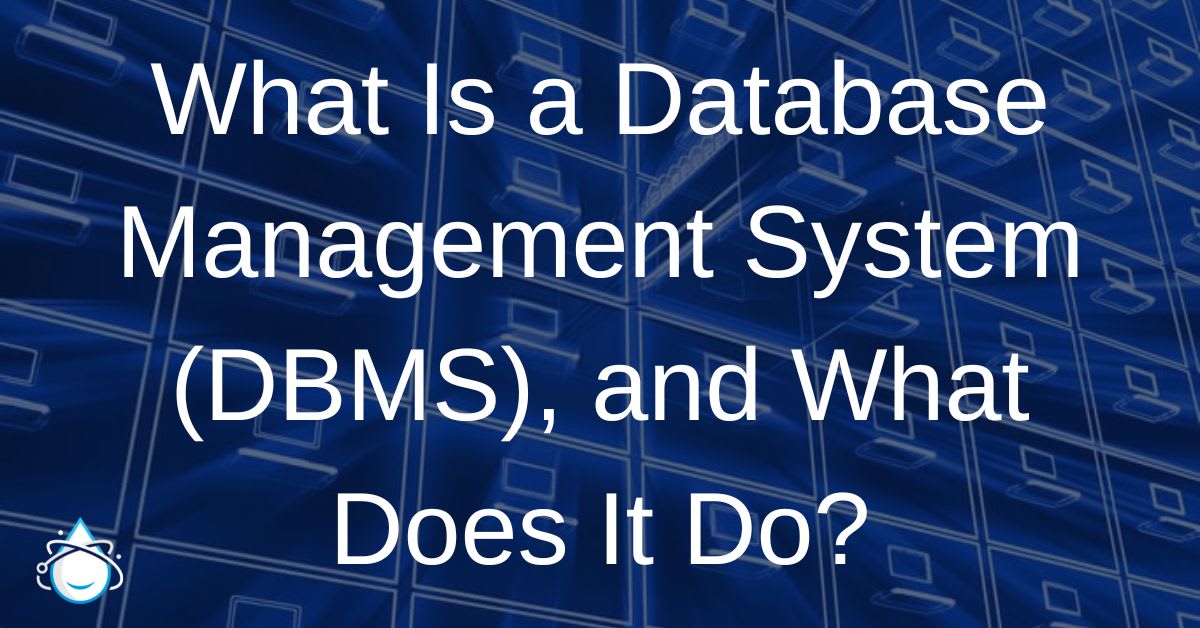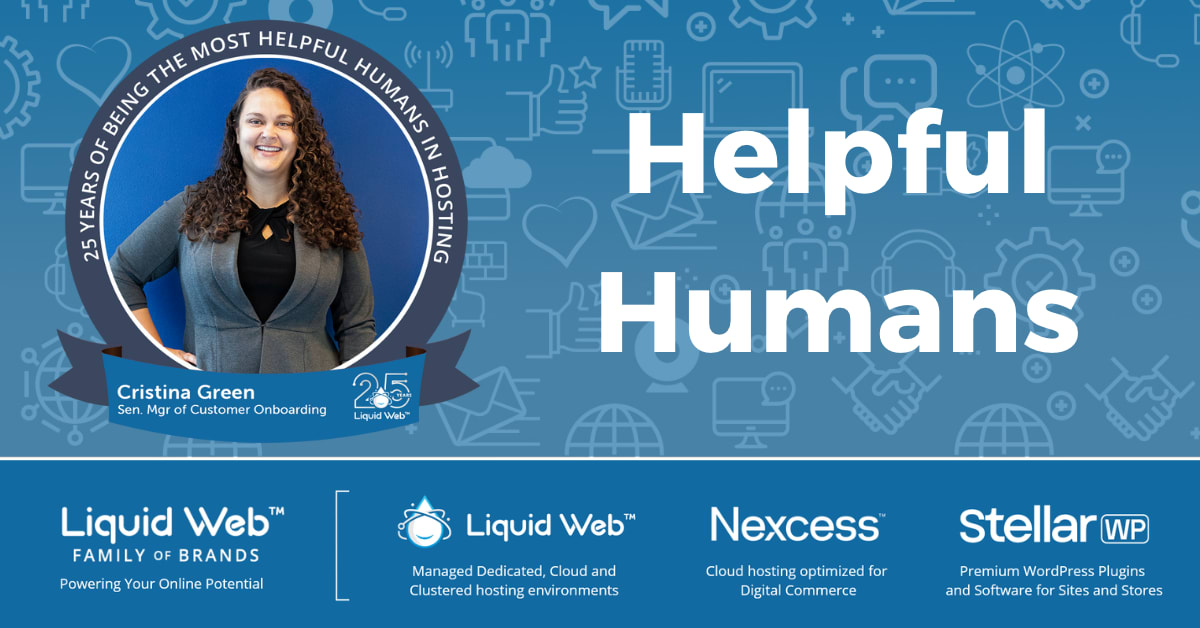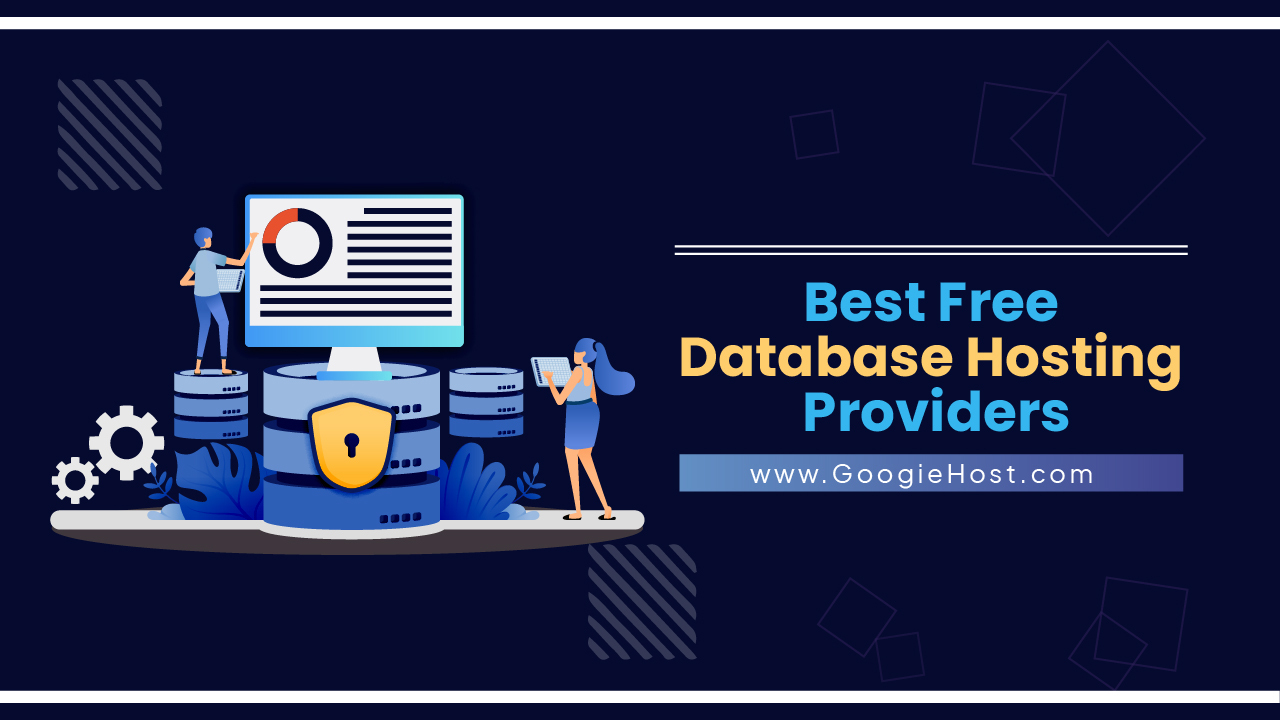
A database management system (DBMS) is software that enables you to store, download, add, edit, and delete data files. DBMSs also enable you to administer the database schema, i.e., modify the database structure.
Data inconsistency problems arise when multiple forms of the same data exist in different locations. It’s difficult to determine which, if any, dataset is complete and accurate.
How a DBMS Works
A database management system consists of a collection of integrated software components that enables its users to interact with one or multiple databases and provides access to all of the stored data. In short, a database management system enables you to execute all of the necessary database management operations. The components that every DBMS consists of are software (operating system, application software, etc.), hardware (storage devices), a query processor (user input interpreter), a database access language (necessary for data manipulation), and data.
Typical Tasks
A database management system enables users to carry out all of the database administration tasks, such as user account and permissions configuration, performance monitoring, security, backup, and recovery.
Main Functions
The main database management system functions are:
- Allowing numerous users to access a single database simultaneously.
- Establishing and preserving user access permissions and security guidelines.
- Frequent data backups and quick data recovery in the event of a breach.
- Establishing database policies and guidelines in order to safeguard data integrity.
- Setting up dictionary definitions and summaries of the available information.
Types of DBMSs
Centralized System
A centralized database is stored only at one location. The advantage of the centralized system is the low risk of data loss. As such, the manipulation of data will not have an influence on the core data. On the other hand, centralized databases are huge, meaning the response time can be really slow.
Distributed System
A distributed database is stored on two or more servers on the same or separate networks. Distributed systems have one big advantage over centralized systems: If one network/server crashes, it won’t affect the entire dataset.
Federated System
A database management system is a system that maps multiple databases into a single, federated database. A federated database system can be categorized as one of the following:
Loosely Coupled
In order to operate correctly, a loosely coupled federated database requires component databases to construct their own federated schema. A user will usually access another component database system by using some of the multi-database languages. By doing so, any levels of location transparency will be removed, forcing the user to have direct knowledge of the federated schema. Users have to import the data they require from another database and integrate it with their own to form a federated schema.
Tightly coupled
This kind of database system consists of component systems that use independent processes to construct and publicize an integrated federated schema.
Blockchain
The database is shared in the form of an encrypted ledger, enabling the information to be open to everyone.
Benefits of Using a DBMS
The benefits of DBMS are tangible, especially when it comes to ever-growing and sensitive data, like those found in healthcare organizations.
Having Reliable Data
Using a well-structured database management system and a specific set of data tools, you will be able to process and share your data more accurately.
Efficient Data Integration
Using a DBMS, you will be able to easily implement data from multiple sources in order to get a more accurate picture of various segments of your business. Furthermore, a lot of manual work could be automated to improve the efficiency of your business.
Improved Security
A DBMS enables its users to securely share, collect, and store data.
Increased Productivity and Better Data Interpretation
Manually cleaning and preparing data can be automated. By doing so, you will save a lot of time that can be spent on the development of business strategies.

Challenges of Implementing and Managing a DBMS
As the number of data types increases, so does the effort of gathering. Data interpretation options also increase. A lot of people are anticipating that their database management system choice won’t be sufficient for their business needs. The most common challenges of implementing and managing DBMS are:
Growing Data Variability
Many businesses are finding it difficult to choose the right option to effectively visualize, i.e., interpret the obtained data in the best way possible in order to improve their business practices.
Limits on Scalability
Every existing software has resource and scalability limitations. Therefore, it is necessary to predict the resources needed to support your requirements.
Constant Data Volume Increase
Higher data collection leads to higher profits, but there is a storage problem. It is necessary to make sure that your company never experiences data loss.
Security
Experiencing a data breach leads to high profit and reputation losses. There is no such thing as too many layers of security.
How to Choose the Right DBMS for your Business
Understand Your Existing Database(s)
Having a perfectly implemented database management system is a crucial step for your business’s success. Therefore, it is very important to see which data model will best fit your business.
Understand Your Database Needs
Every business is different, so it is essential to select the features your business needs. Otherwise, you may end up paying for features you don’t need and lack essential features you do need.
Define Your Goals
Depending on your business goals, you should carefully choose the right DBMS. Nowadays, the choice of DBMS is crucial for business growth. Some of the most important questions you should consider are:
- Will a relational model be sufficient for your data structure, or you will have to manipulate the unstructured data?
- Will the system keep your data consistent?
- Are you able to keep your data secure, i.e., can you back up and restore your data efficiently?
- Can you modify the DBMS to your business needs?
Examples of DBMS
- Oracle – This DBMS can be used for storing huge amounts of data. Oracles system’s relational database framework enables its users to access all of the data in less than a second.
- MySQL – MySQL is one of the most popular open-source relational database management systems. It includes a client-server structure and is characterized by simple syntax and uncomplicated features.
- IBM Db2 DBMS – This highly professional DBMS enables its users to carry out analytics in real time and, even for the most intense workloads, maintain low-latency transactions.
- MongoDB – MongoDB is a highly configurable time-series DBMS that enables users to quickly modify data and manage data structuring needs anytime.
- PostgreSQL – This open-source DBMS allows both relational and non-relational queries in SQL and JSON. PostgreSQL is optimized for all of the popular operating systems.
Conclusion
A DBMS can highly improve your data processes and increase the efficiency of your business. Because all of the repetitive and time-consuming tasks are automated, using a database management system will save a lot of time. Choose the perfect DBMS for your business and start growing today.
[ad_2]
Source link






